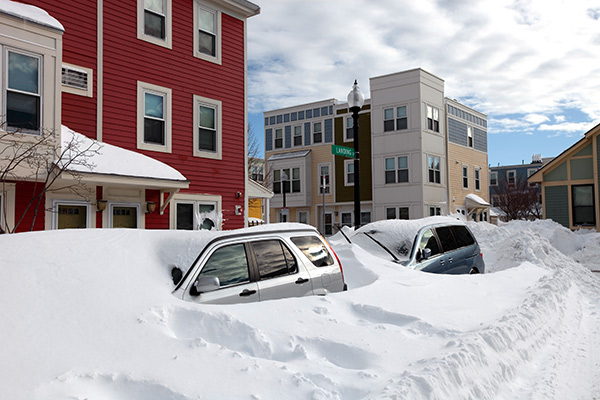Getting ready for severe weather depends critically on an evaluation of structural weaknesses in your house. Examining places like the roof, windows, and doors for weak spots can help you actively strengthen your house’s defences and reduce any hazards. Making required repairs and improvements, such as repairing broken roof tiles and investing in impact-resistant doors, can greatly increase the durability of your house against extreme storms. Key elements in guaranteeing the safety and security of your home under difficult circumstances are developing a well-considered emergency plan and building up on basic supplies.
Assessing vulnerabilities
Evaluating vulnerabilities means looking for weak places in your house that can be vulnerable to strong storms. First, look at the roof for missing or broken shingles; leaks may cause major water damage in heavy rain or snow. Look for fractures or breaches in windows and doors that might let wind or water in. Additionally, inspect the foundation for any cracks or weaknesses. Identifying these weaknesses can help strengthen your house’s defences and reduce possible hazards during severe storms. Click here to explore expert services that can help ensure your house is well-prepared for any weather changes.
Making necessary repairs and upgrades
Addressing any required repairs and improvements helps protect your house from severe weather. This includes mending broken roof tiles, storm shutter reinforcement of windows, and correct drainage to stop floods. Investing in impact-resistant windows and doors can help your house withstand high winds and debris. By making these proactive changes, your property’s general safety will be improved, and the chance of damage will be much lower during severe storms. Regularly
scheduling professional inspections can ensure that all potential vulnerabilities are promptly identified and addressed.
Creating an emergency plan
A well-considered emergency plan will make all the difference in guaranteeing the protection of your property during periods of severe weather. Start by noting safe places in your house where you may hide from storms or other extreme weather. Create contact lines with family members and set up a meeting place should an evacuation call it. Pack an emergency bag with food, drink, first aid supplies, and key paperwork to get you through any delays.
Stocking up on supplies
Extreme weather situations require you to be ready with basic materials to run your home. Make sure you have bottled water, enough nonperishable food items, and the required medications to last several days. Your emergency pack should also contain things like batteries, blankets, flashlights, and a portable radio. Having these items on hand will enable you to stay safe in difficult circumstances and ride out the storm.
Conclusion
Protecting your house against severe weather calls for a proactive strategy, including vulnerability assessment, required repairs and improvements, emergency planning, and supply building-up. You may greatly lower the dangers connected with extreme weather by spotting weak places, strengthening defences, and being ready for any disturbances, thus guaranteeing the safety of your residence. Giving these actions top priority helps your house be more resilient and ready for any unanticipated difficulties






